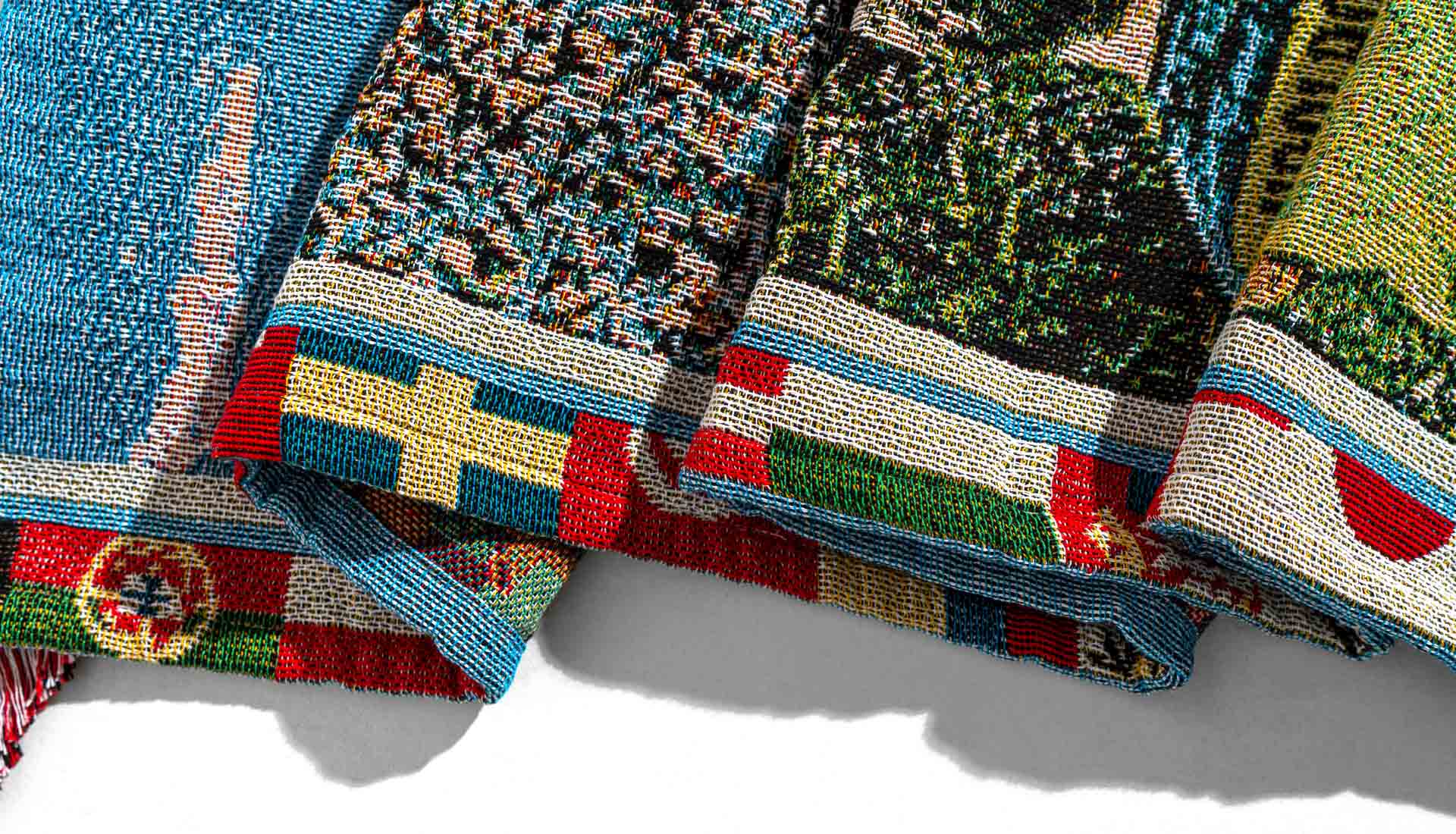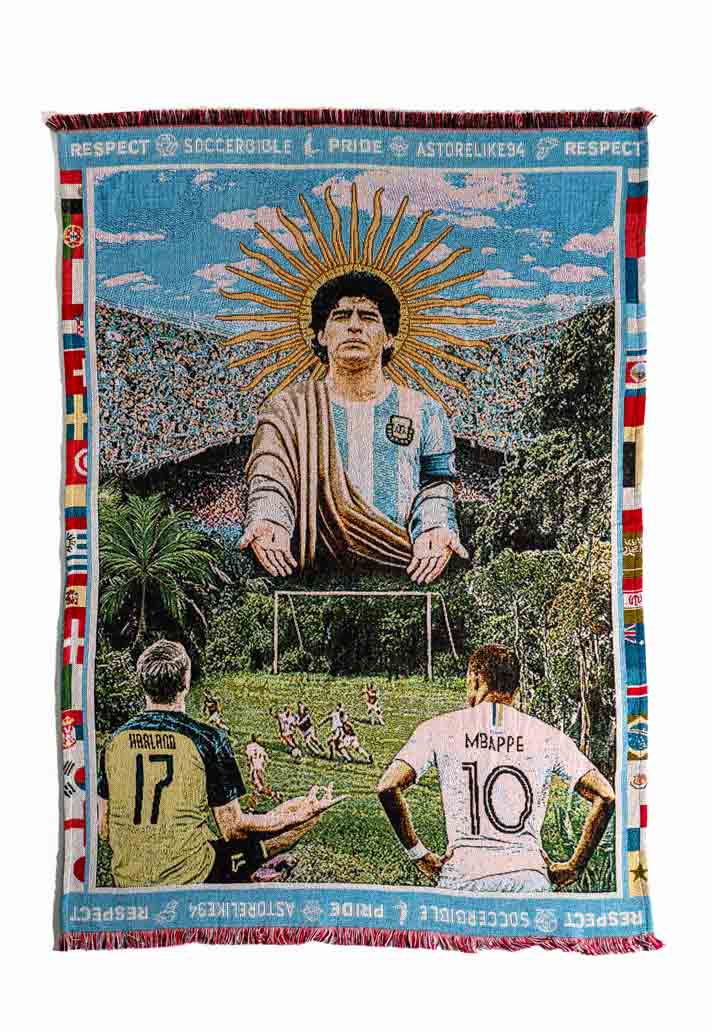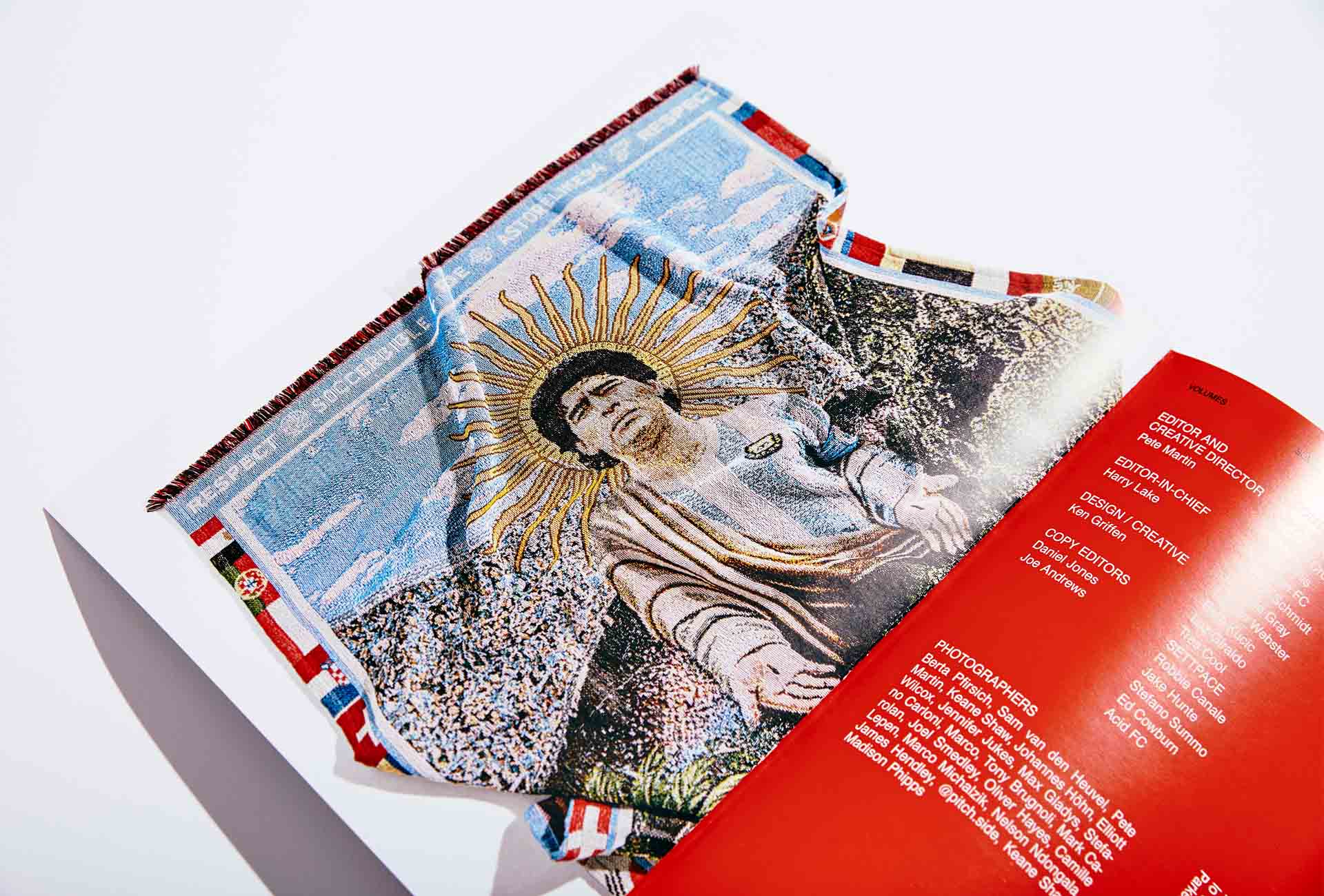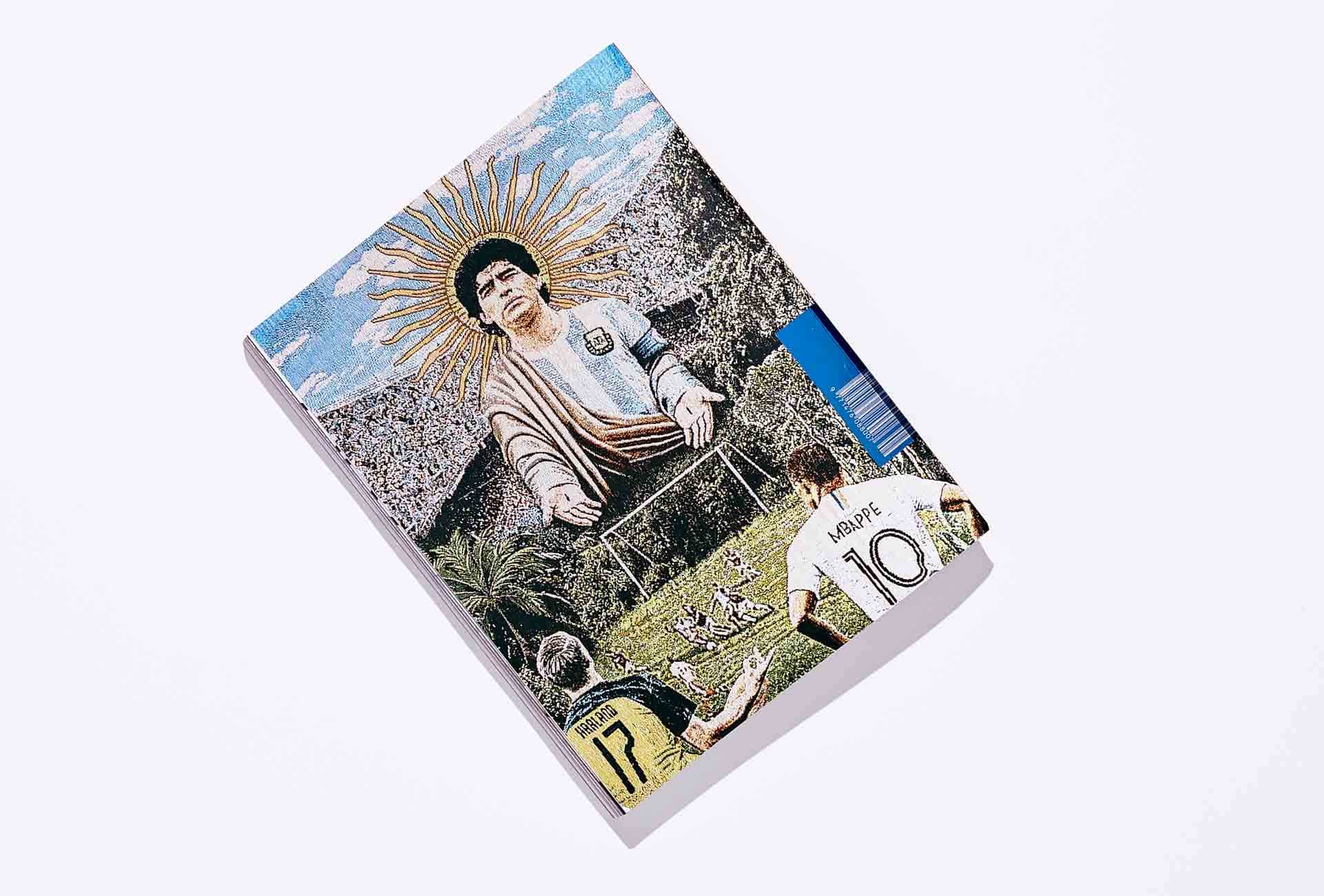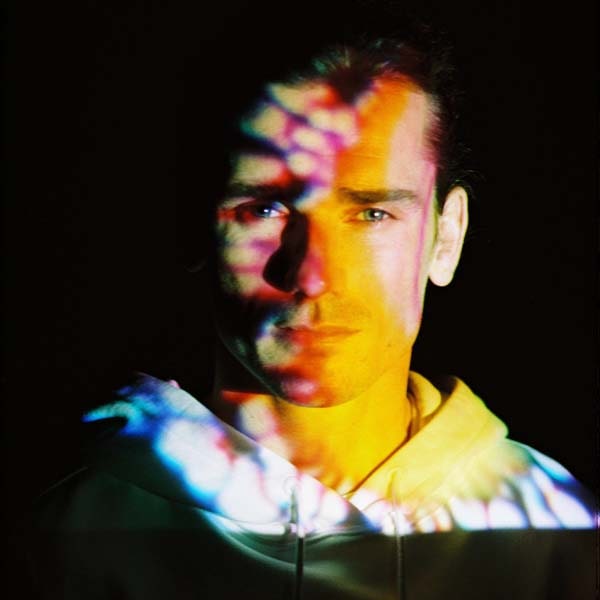Our new special edition print publication, ‘SoccerBible Volumes’, kicked off with our Summer ‘21 ‘Utopia’ edition, and as part of it we collaborated with creator of the weird and wonderful side of retro merch, A Store Like 94 to create a wonderfully unique rug that encapsulated a vision of Football Utopia.
As anyone of taste will know, a good rug can really tie a room together. Thankfully, the creative genius of A Store Like 94 have the wonderful ability to create the most outstanding bootleg pieces, capturing 90s vibes in a gloriously extravagant custom fashion. So it was them that we turned to for the final sign of for the Summer ’21 ‘Utopia’ of our new special edition print publication, ’SoccerBible Volumes’.
Speaking on the inspiration behind the rug’s design and how it was tied in to the ‘Utopia’ theme of the SoccerBible Volumes SU21 edition, Josh from A Store Like 94 said: “Maybe a couple of years ago my vision [of what makes a football Utopia] might have been very different but with today’s worldwide restrictions in place, it’s remembering the simpler things that we had before the world went into lockdown.
“Just watching old football clips of full stadiums seems completely alien, so for the basis of my utopian rug all I wanted to create was a world with packed crowds and people playing football again with friends at their local spot. That alone will be utopia for me when things are fully restored. Couple that simpler image with more support for battling the constant problems with racism and homophobia across all levels of the game and top it off to with the god of modern day football inspiring the new boys on the block and I think the utopian vision is complete.”
Pick up a copy of SoccerBible 'Volumes' – Summer ‘21 ‘Utopia’ Edition exclusively at prodirectsoccer.com



